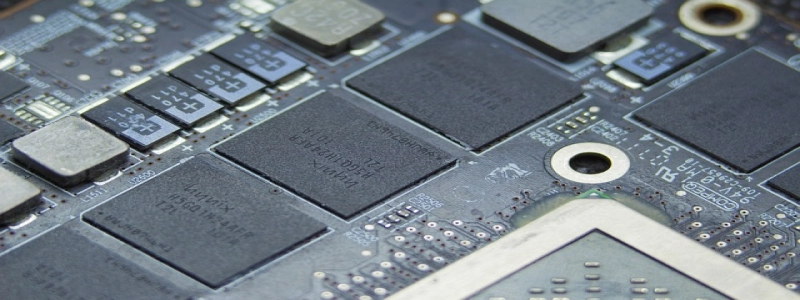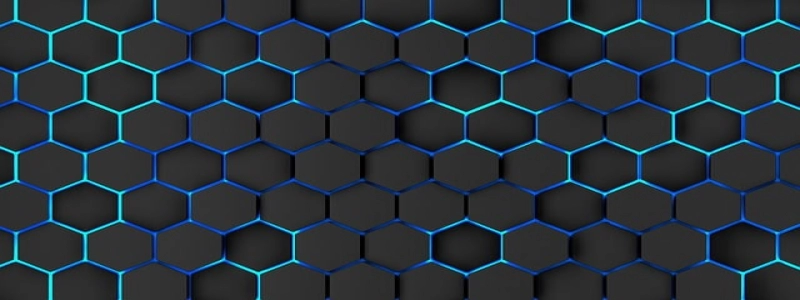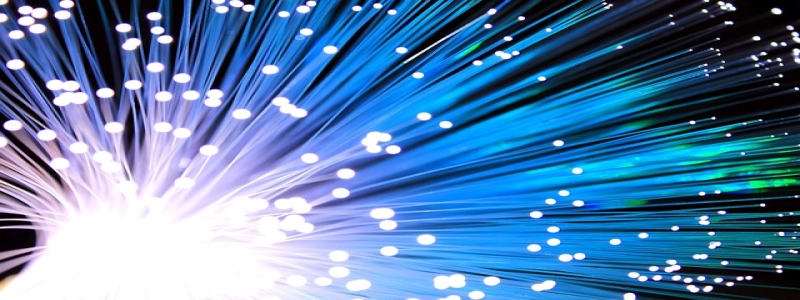Ethernet Fiber Media Converter
Introduction:
Ethernet fiber media converters are devices used to convert signals between Ethernet cables and fiber optic cables. They are essential in extending network connectivity over longer distances or in situations where electrical interference may be a concern. This article will provide a detailed explanation of Ethernet fiber media converters, including their functionality, advantages, and usage.
I. What is an Ethernet Fiber Media Converter?
An Ethernet fiber media converter is a networking device that performs the task of converting Ethernet signals to fiber optic signals and vice versa. It serves as an interface between Ethernet cables and fiber optic cables, allowing them to communicate and transmit data in different formats. These converters are typically equipped with Ethernet ports for copper cables and fiber optic ports for connecting to fiber optic cables.
II. How do Ethernet Fiber Media Converters work?
Ethernet fiber media converters use a process called encapsulation to convert signals. When data is sent through an Ethernet cable, the converter receives the electrical signals and encapsulates them into light signals suitable for transmission over fiber optic cables. Similarly, when data is received through the fiber optic cables, the converter converts the light signals back to electrical signals compatible with Ethernet cables.
III. Advantages of Ethernet Fiber Media Converters:
1. Extended Network Reach: Ethernet fiber media converters enable network connectivity over longer distances, bridging the gap between copper and fiber optic cables. This is especially useful in situations where copper cables are limited in terms of distance or reliability.
2. Electrical Interference Immunity: Fiber optic cables are immune to electrical interference caused by factors like lightning, radio frequencies, or electromagnetic interference. By converting signals to fiber optic format, Ethernet fiber media converters help maintain data integrity and reduce the risk of signal degradation.
3. Bandwidth Enhancement: Fiber optic cables have a higher bandwidth capacity than traditional copper cables. By utilizing fiber optic technology, Ethernet fiber media converters can boost network performance and handle increased data demands.
IV. Applications of Ethernet Fiber Media Converters:
Ethernet fiber media converters find applications in various industries and settings, including:
1. Long-distance Connectivity: In situations where network connectivity is required over extended distances, such as connecting buildings or establishing connections between remote locations.
2. Industrial Environments: Industrial settings often involve electrical noise, extreme temperatures, or other harsh conditions. Ethernet fiber media converters prove beneficial in such environments to ensure reliable data transmission without interference.
3. Security Systems: Video surveillance systems heavily depend on high-quality, interference-free transmission. Ethernet fiber media converters can be used in security systems to transmit video signals over long distances while maintaining signal integrity.
4. Data Centers: Data centers require high-speed data transmission and reliable connectivity. Ethernet fiber media converters assist in extending network reach within the data center and connecting to remote storage or backup systems.
Conclusion:
Ethernet fiber media converters play a crucial role in connecting Ethernet cables to fiber optic cables. By converting signals and utilizing fiber optic technology, these devices provide extended network reach, resistance to electrical interference, and enhanced bandwidth capacity. Their applications in various industries make them indispensable for ensuring efficient and reliable network connectivity.








